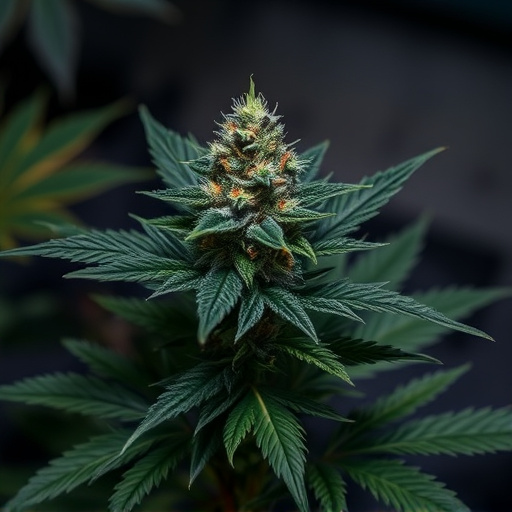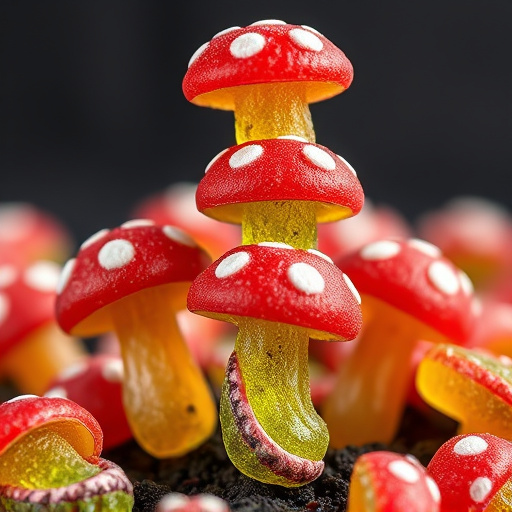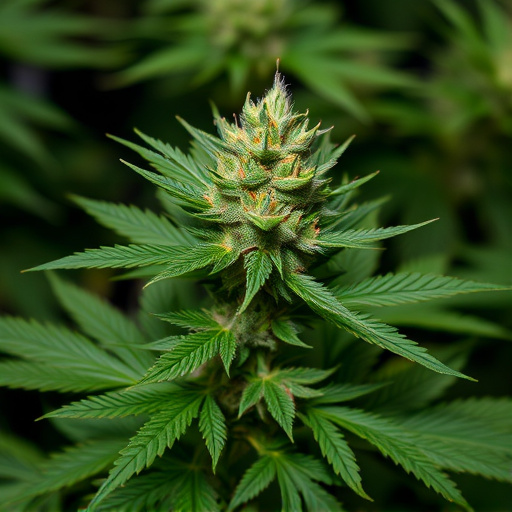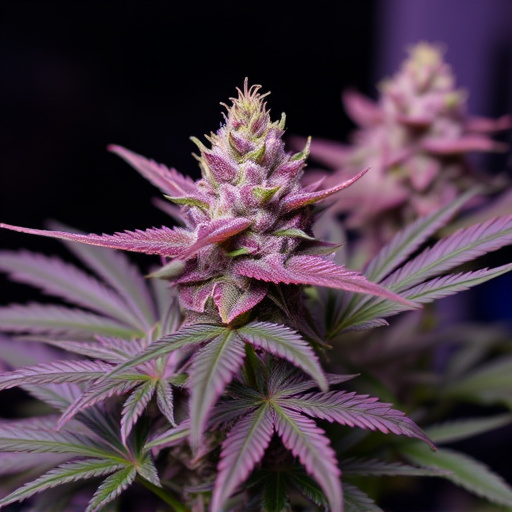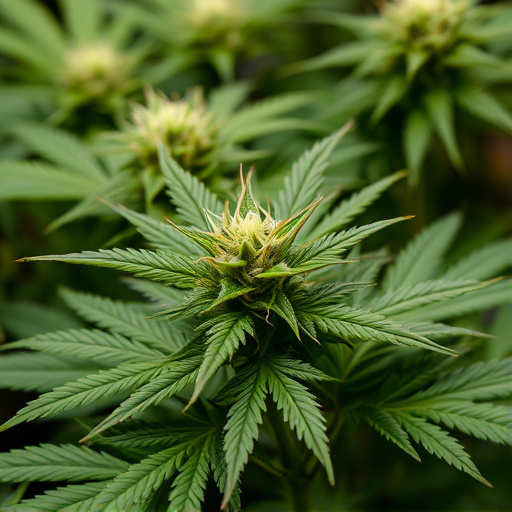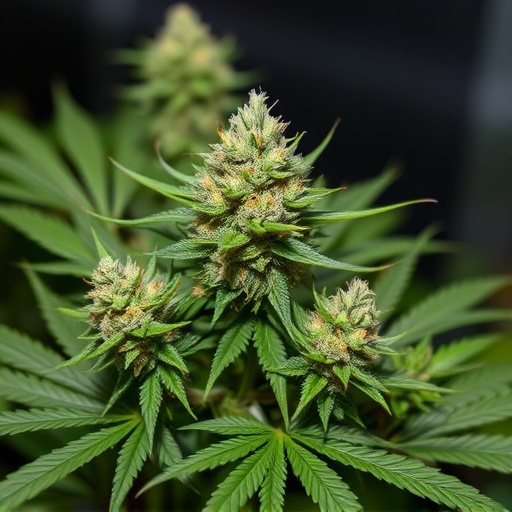Medical marijuana strains' unique aromas are driven by their genetic makeup, specifically DNA-dictated terpene production—volatile organic compounds responsible for scent and interaction with cannabinoids. These terpene profiles vary widely, from citrusy to earthy notes, allowing cultivators to tailor scents to consumer preferences and desired therapeutic outcomes. With diverse strains offering various medicinal properties, understanding these chemical profiles is crucial for patients seeking effective relief through medical marijuana. The complex interplay of terpenes and cannabinoids shapes the sensory experience, enriching our engagement with therapeutic cannabis.
Unraveling the captivating aroma of cannabis is a complex dance between its genetic makeup and environmental nurturing. This article explores the multifaceted world of cannabis scents, delving into the role of genetic variations and terpene profiles as the foundation of its unique aromas. We’ll uncover how environmental factors influence terpene development during growth, shaping the distinct characters of medical marijuana strains. Additionally, we’ll decipher the sensory perception behind these fragrances, revealing the intricate complexities that make each strain’s scent a captivating experience.
- Genetic Makeup and Terpene Profiles: The Foundation of Cannabis Aroma
- Environmental Factors: How Terpenes Develop During Growth
- Sensory Perception: Unlocking the Complexities of Cannabis Scents
Genetic Makeup and Terpene Profiles: The Foundation of Cannabis Aroma
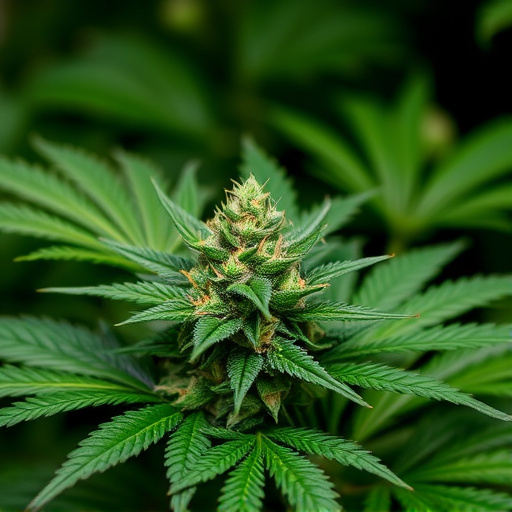
The genetic makeup of cannabis plants plays a pivotal role in determining their unique aroma profiles, which are highly sought after by consumers, especially in the realm of medical marijuana strains. Each strain possesses a distinct combination of genetic traits and chemical compounds that contribute to its olfactory characteristics. The plant’s DNA dictates the production of various terpenes—volatile organic compounds responsible for the familiar scents associated with cannabis varieties. These terpenes not only influence aroma but also interact with cannabinoids, enhancing or modifying their effects.
Varieties of medical marijuana strains exhibit diverse terpene profiles, ranging from citrusy and floral notes to earthy and piney fragrances. For instance, myrcene, a common terpene in many strains, is known for its earthiness and muskiness, often described as a “mushroom-like” scent. Limonene, on the other hand, imparts bright, citrusy aromas, while linalool contributes to lavender-like fragrances. Understanding these genetic foundations allows cultivators to manipulate terpene expressions, creating specific scents tailored to different consumer preferences and desired therapeutic effects.
Environmental Factors: How Terpenes Develop During Growth
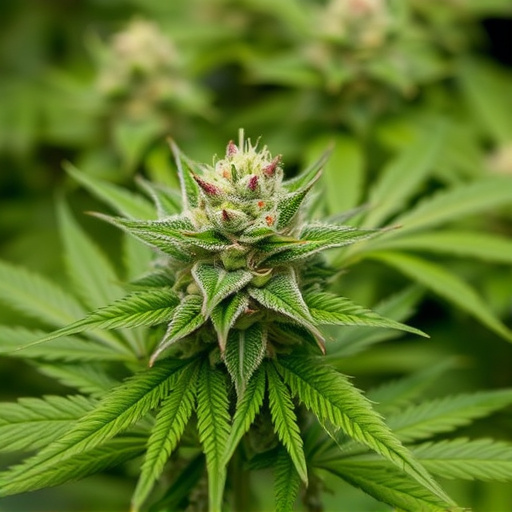
Sensory Perception: Unlocking the Complexities of Cannabis Scents
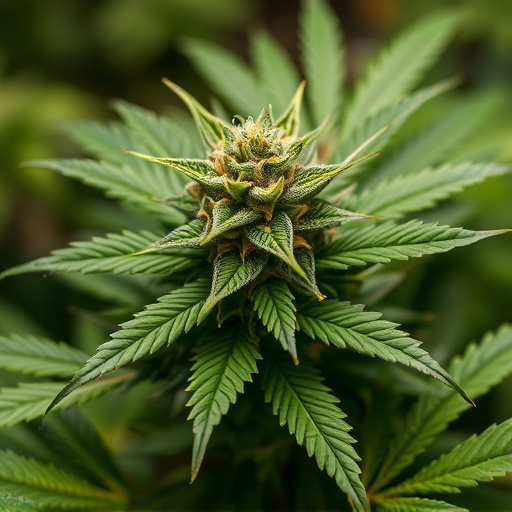
The sensory perception of cannabis aroma is a complex and captivating journey into the intricacies of our sense of smell. Our noses are incredibly sensitive to the volatile compounds present in cannabis flowers, allowing us to experience a vast array of scents. These compounds, often referred to as terpenes and cannabinoids, contribute to the unique profile of each medical marijuana strain. Just as different strains offer varying effects, they also boast diverse aromatic profiles, ranging from earthy and woody notes to fruity and floral scents.
Unlocking these complexities involves appreciating the intricate interplay between chemistry and our olfactory system. When we inhale or smell cannabis, the volatile compounds vaporize and bind to receptors in our nose, triggering nerve signals that travel to the brain, where they are interpreted as specific smells. This process is what allows us to perceive and appreciate the subtle differences in aroma among medical marijuana strains, enhancing our overall experience with these therapeutic plants.
The aroma of cannabis, a key factor in its appeal and effectiveness for many users, is determined by a complex interplay of genetic makeup, environmental conditions, and our sensory perception. Understanding these elements, from the specific terpene profiles that give different medical marijuana strains their unique scents to how cultivation practices impact these compounds, allows us to truly appreciate the versatility and potential of this remarkable plant. By exploring these factors, we can unlock new insights into enhancing both therapeutic benefits and enjoyable experiences associated with cannabis consumption.

